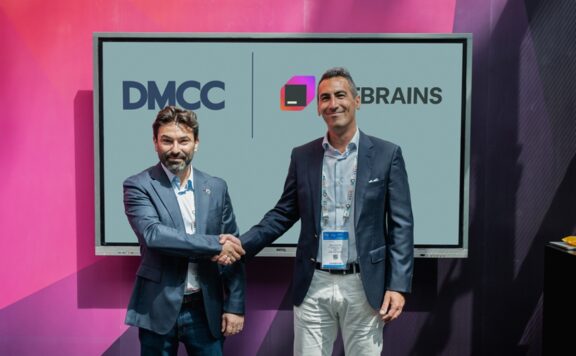The Ericsson IndustryLab report, The Dematerialized Office explores the white-collar employee perspective on a potential future reality where digital technology by 2030 could interact with our senses of sight, sound, taste, smell and touch.
Ericsson surveyed over 8,400 white collar workers who are early adopters of AR, VR or virtual assistants from 16 countries, representing around 133 million people, about their expectations of the future workspace.
Key findings from the report
Employees want an internet of senses for work
Imagine a fully immersive office experience, where all sensory experiences are digitally interactive. By 2030, the dematerialized office may be a reality. And for those working from home, the full-sense digital home office will also get a boost. In fact, half of respondents want a digital workstation allowing full-sense presence at work from anywhere. Today, companies direct their funds into maintaining physical office space, but in the future, respondents hope this will be geared towards improving their home office environment.
The pandemic has become a digital tipping point
The Covid-19 pandemic has changed the mindset of many companies and their employees. After months of working on their computers at home, constantly engaged in video meetings in their sometimes chaotic home environments, nearly 6 in 10 foresee a permanent increase in online meetings. They are also realizing that while connectivity is more important than ever before, digital meetings need to evolve before they become as effective as the real thing. There is simply a need for tools that better support remote interaction.
The sustainable dematerialized office
Dematerialization of the office will be driven by efficiency gains and sales, but the environment is also expected to benefit. With virtual offices for example, there would be no need to commute, or for companies to keep physical office spaces running. As many as 77 percent indicate that an internet of senses for business use would make companies more sustainable.
Virtual interaction with clients and colleagues
How about a team-building trip to Pompeii? What if Vesuvius suddenly erupted and engulfed you in lava, there would be a lot to talk about around the virtual water cooler later. Team building becomes more important when there are fewer physical meetings, but virtual interaction has other benefits for companies too. 50 percent are saying that digital temperature will be used to more immersively engage customers by 2030. Providing immersive full-sense sales environments, such as a virtual shopping mall or warehouse will enable customers to digitally try before they buy.
A taste of the future
Not a fan of the food in the canteen? Respondents think internet of senses technology will also be used inside companies and could help with this. 73 percent of senior managers believe that food in the company canteen can be digitally enhanced to taste like anything by 2030, opening up for optimization of both cost and perceived quality.
Security and privacy are key barriers
Privacy is increasingly set to become a critical challenge filled with paradoxes over the next decade. While many employees see the benefits of enhanced technology there is also a lot of fear. As digital interaction moves beyond sound and vision to incorporate all our senses, and potentially also enables functionality such as thought control of devices, the avenues for fraud, manipulation and identity theft will grow exponentially. While 66 percent think that by 2030, technology will enable them to sense when a colleague is upset, that also means their employer will know when they themselves are upset. The challenge will be in finding a balance that allows for fast adoption of digital technology in the workplace, while also respecting the integrity of employees.





